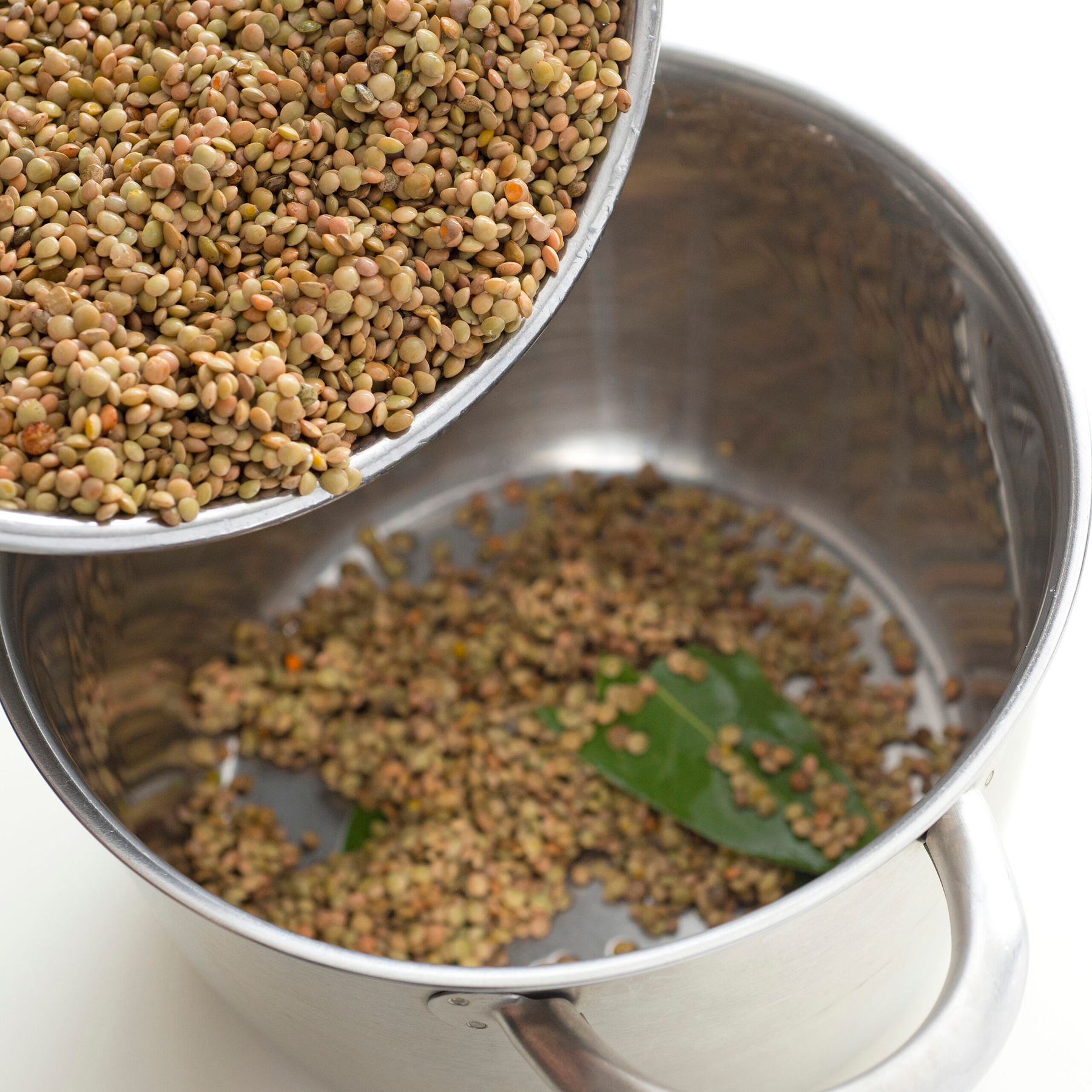
Lentil is a herbaceous plant belonging to the legumes family, which is characterized by the presence of rectangular pods, each containing 2-3 yellow or black seeds (the lentils). After harvesting, the seeds are dried and sold either loose or inside special packages.
There are different varieties: common lentils are brownish as well as medium in size, while the giants ones are green and flat. Small lentils, like those of Castelluccio, are multicoloured and in fact vary from blond to brown. The red lentil, or Egyptian lentil, has a beautiful coral color and can be found on the market whole or peeled. Another type is the black and round lentil, called “beluga" since it is similar to caviar.
Lentils are one of the oldest legumes, perhaps the most ancient of all. In fact, it seems that their origins date back as far as 7000 BC; the "birthplace" of lentils is south-western Asia (where is located Syria is today), from there it spread throughout the Mediterranean basin, later becoming one of the poor foods of Greece and ancient Rome.
Before cooking lentils, it is important to wash them and check that there are no pebbles or impurities (it can happen, especially with loose ones). When purchasing, check also the expiration date: if it is close in time (a few weeks for instance) you are probably buying a product that is at least one year old.
Soaking lentils, yes or no?
Usually, large lentils (common and giant) should be soaked, while the smallest types, such as those of Castelluccio and the red ones, do not need soaking. However, a quick soaking in hot water (30-60') makes any lentil lentil more tender, while it is not recommended if served in salads, where they must be consistent. In any case, in order to avoid mistakes, it is best to follow the instructions on the label.






